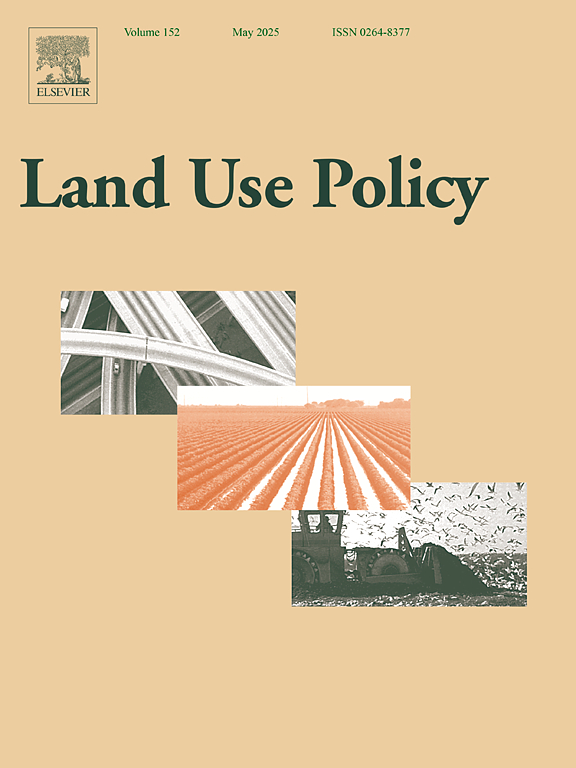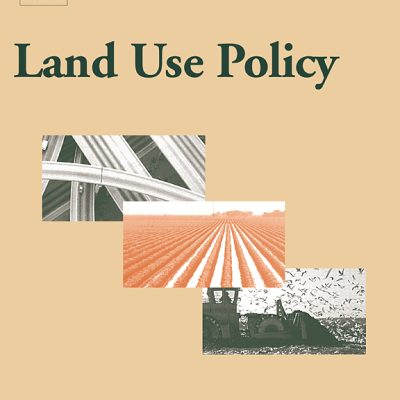Publikációk / The intertwined geographies of agricultural land and human settlement in Europe
2025
Szep
16
H
K
Sz
Cs
P
Sz
V
1
2
3
4
5
6
7
8
9
10
11
12
13
14
15
16
17
18
19
20
21
22
23
24
25
26
27
28
29
30
1
2
3
4
5
Következő hónap >
a
2025
Szep
16
H
K
Sz
Cs
P
Sz
V
1
2
3
4
5
6
7
8
9
10
11
12
13
14
15
16
17
18
19
20
21
22
23
24
25
26
27
28
29
30
1
2
3
4
5
Következő hónap >



